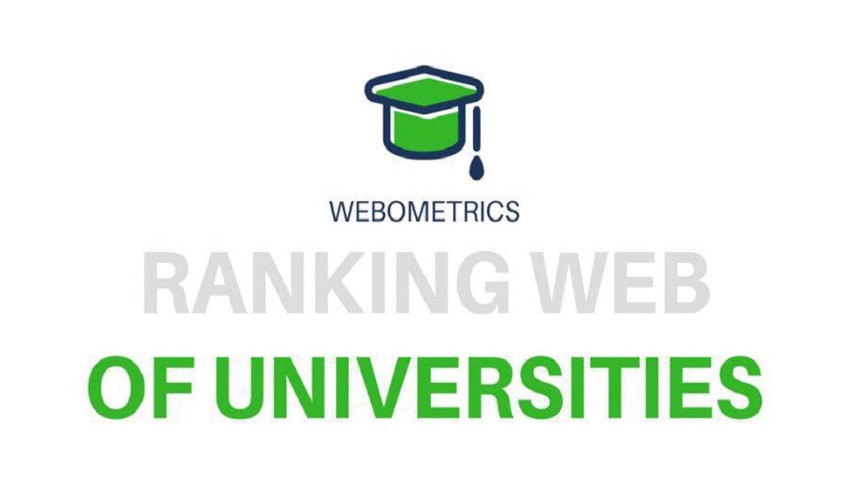University of Nahdlatul Ulama Surabaya (Unusa) despite the fact that it is categorized as a new University in East Java its reputation has increased significantly as its ranking based on webometrics version issued in January 2022 has increased. Unusa was in 135 of the universities in Indonesia, now ranks 107th out of 585 State and Private universities in Indonesia. In addition, In addition, at the world level the increase is very significant, from ranked 8,161 in 2020 to 6,182 in January 2022, increase up to 1,979.
The components used by webometrics are visibility (50%) which consists of impact, namely the number of external links according to Ahrefs & Majestic SEO, and activity (50%) consisting of presence (20%), namely the number of domain site pages according to Google, openness (20%) which is the number of scientific publications in rich files format (*pdf, *doc, *ppt, *ps) according to Google Scholar, and excellence (10%) which is the number of scientific publications according to Scimago.
Along with the news of the increase in the webometrics version, Unusa also received news of SINTA’s national ranking also in 107 of the 5,208 universities. Unusa ranking, based on sinta’s last score update on February 1, 2022.
SINTA (Science and Technology Index) is a web-based research built to measure the performance of researchers, institutions, and scientific journals in Indonesia. Journals indexed synta is a journal that has been accredited by the ARJUNA accreditation system (Accreditation of National Journals). (Unusa Public Relations)
Regarding the said ranking increase Unusa Rector, Prof. Achmad Jazidie., M.Eng said, Unusa continues to strive to improve performance in various fields, including college rankings, but that is not the main goal, because the main task of the university is executing “the three pillars of higher education” (Tri Dharma Perguruan Tinggi): education, research, and community services. This explains that the ranking achievement is actually the follow up of that university’s three pillars.
It is widely known that there are many university rankings in the world. Some versions of the ranking include 4 International Colleges & Universities or 4ICU. This version is based on a search engine and directory that conducts ratings based on the popularity of sites owned by 11,307 accredited colleges worldwide and spread across 200 countries.
There is another version of the Academic Ranking of World Universities (ARWU) or the Academic Ranking of World Universities. It is a ranking of a college institution compiled by Shanghai Jiao Tong University. The methodology of the assessment, its alumni winners of Nobel Prizes and Award Trophies (10%); teaching staff won Nobel Prizes and Award Trophies (20%); conduct research cited in 21 categories of science subjects (20%); number of articles published in journals of natural sciences and sciences (20%); in citation index, social science citation index, citation index in arts and humanities (20%); academic performance per capita of an institution (10%).
There is also the World College Rating Agency Times Higher Education (THE). A total of 1,500 universities in 93 countries in the world are included in the WUR Ranking.
The rating agency consistently emphasizes assessment indicators based on teaching performance (teaching and learning activities); research; transfer and sharing of the science and international coverage of a university. It also uses industry synergy performance indicators to assess the university’s ability to support the industry through breakthrough innovation, discovery and ideas on the needs of industry and society.
The webometrics version of the world university rankings was pioneered by the Cybermetrics Lab, a research group that is still part of consejo superior de investigaciones científicas, Spain’s largest research institute. Ratings results updates are released every January and July.

 Bahasa Indonesia
Bahasa Indonesia

